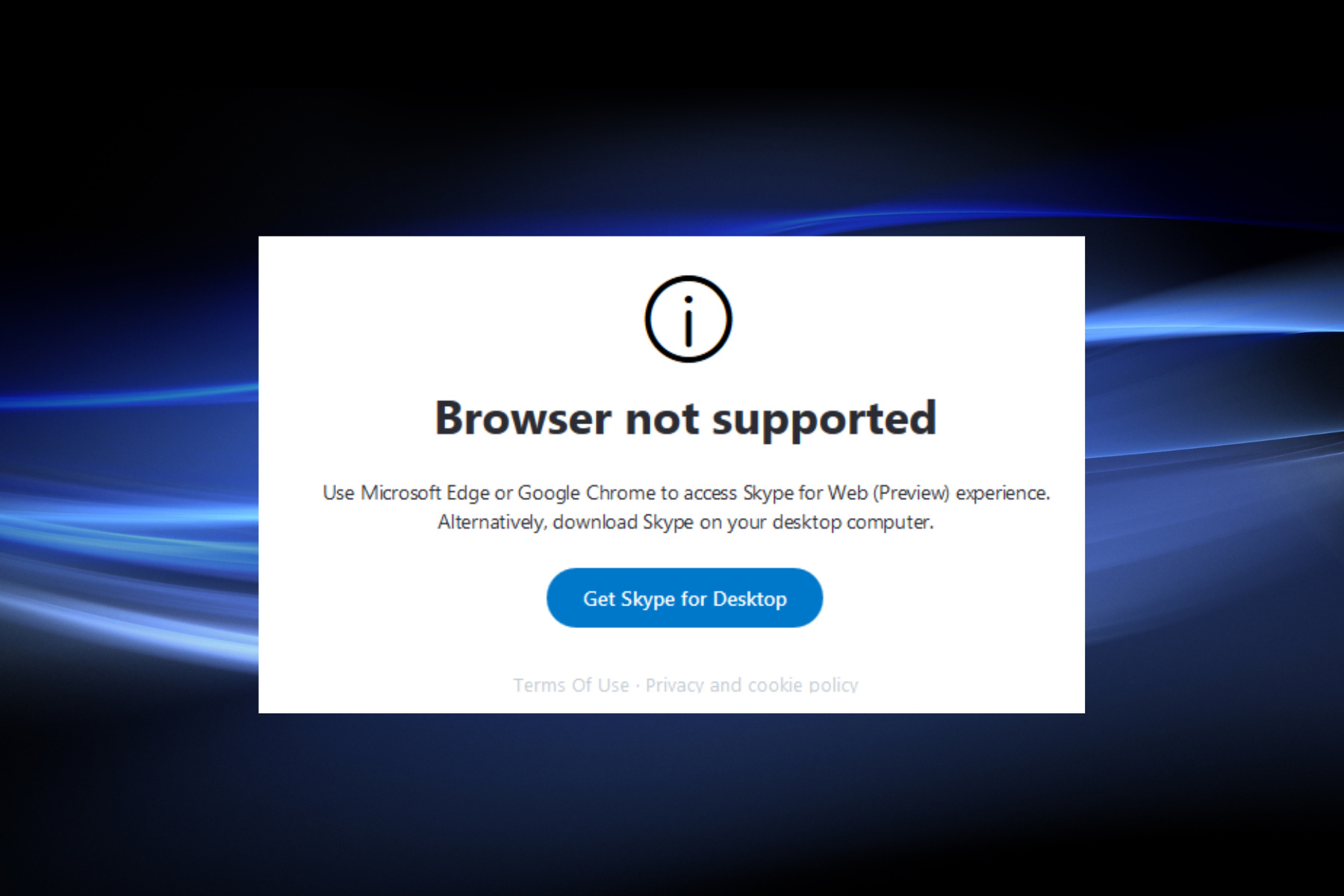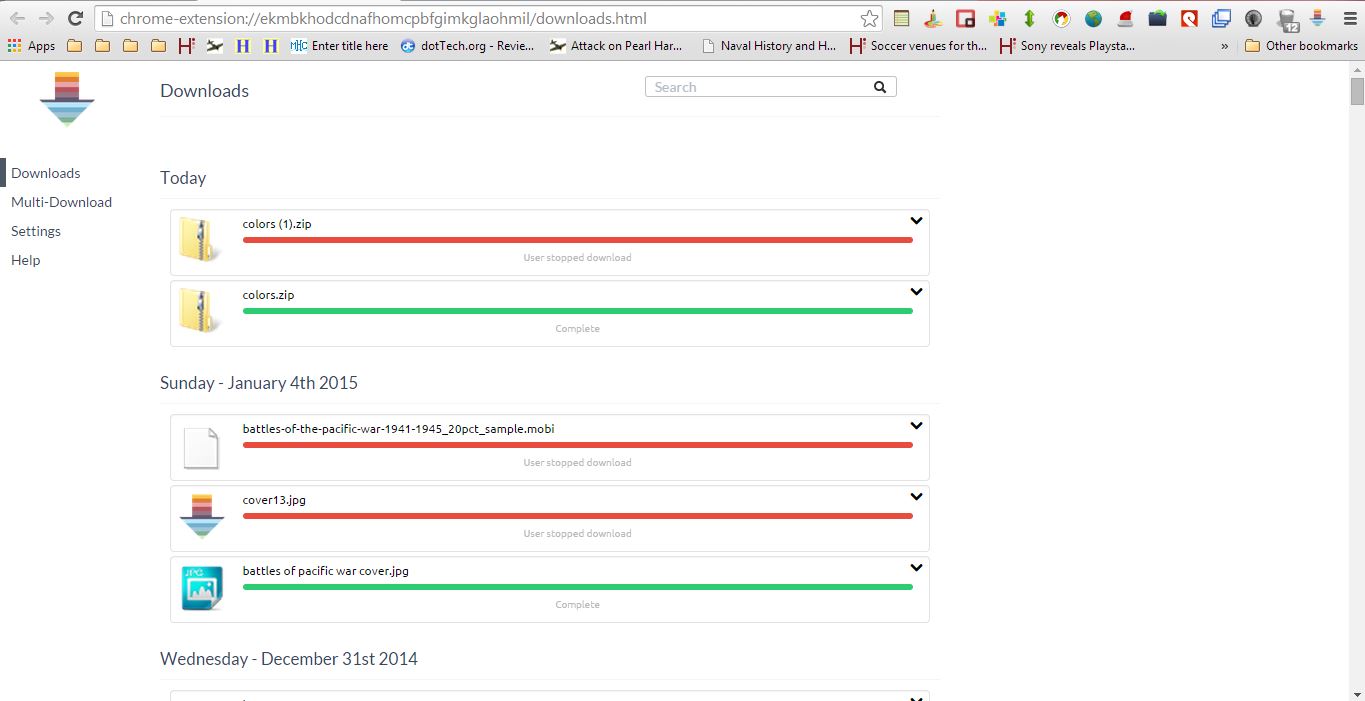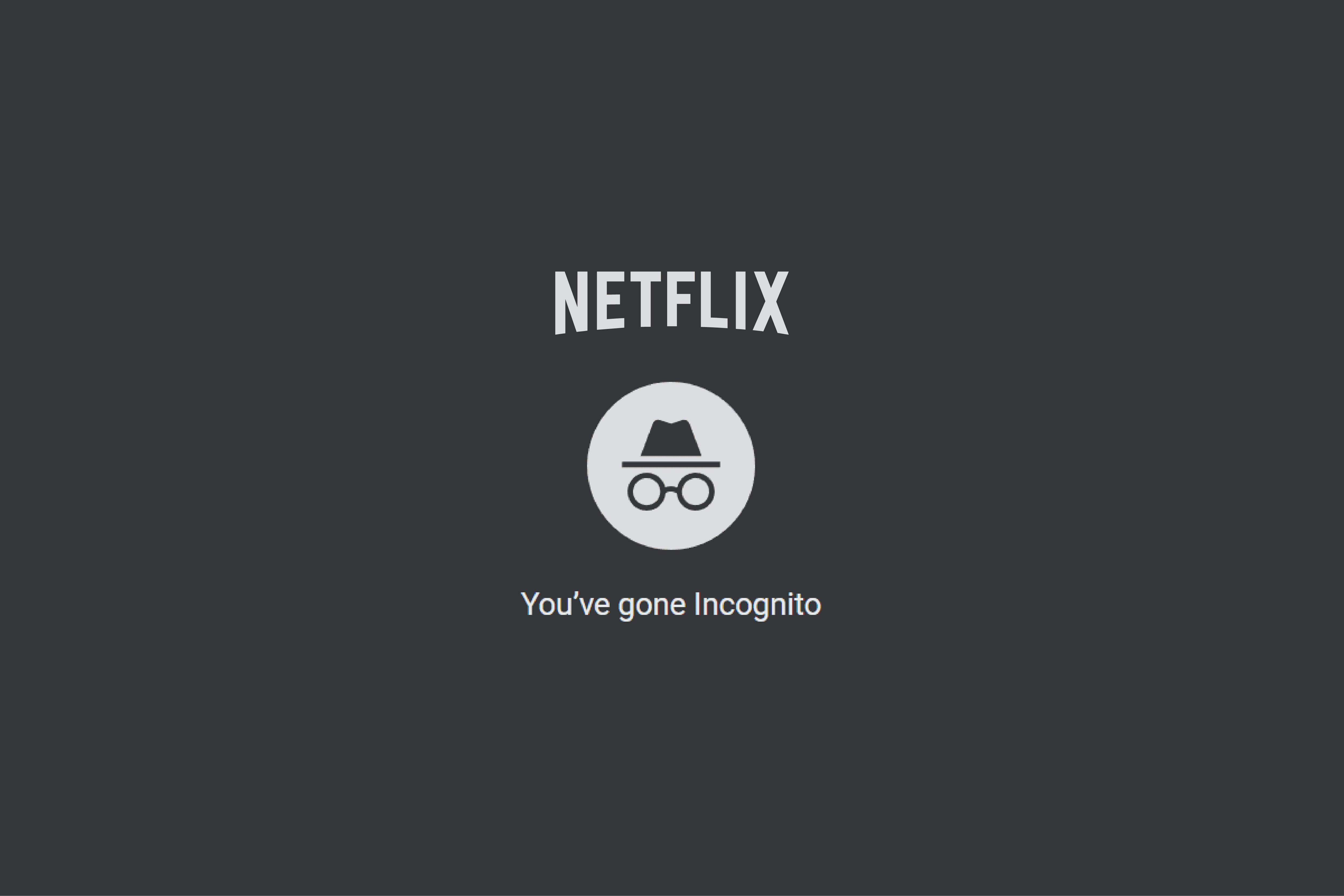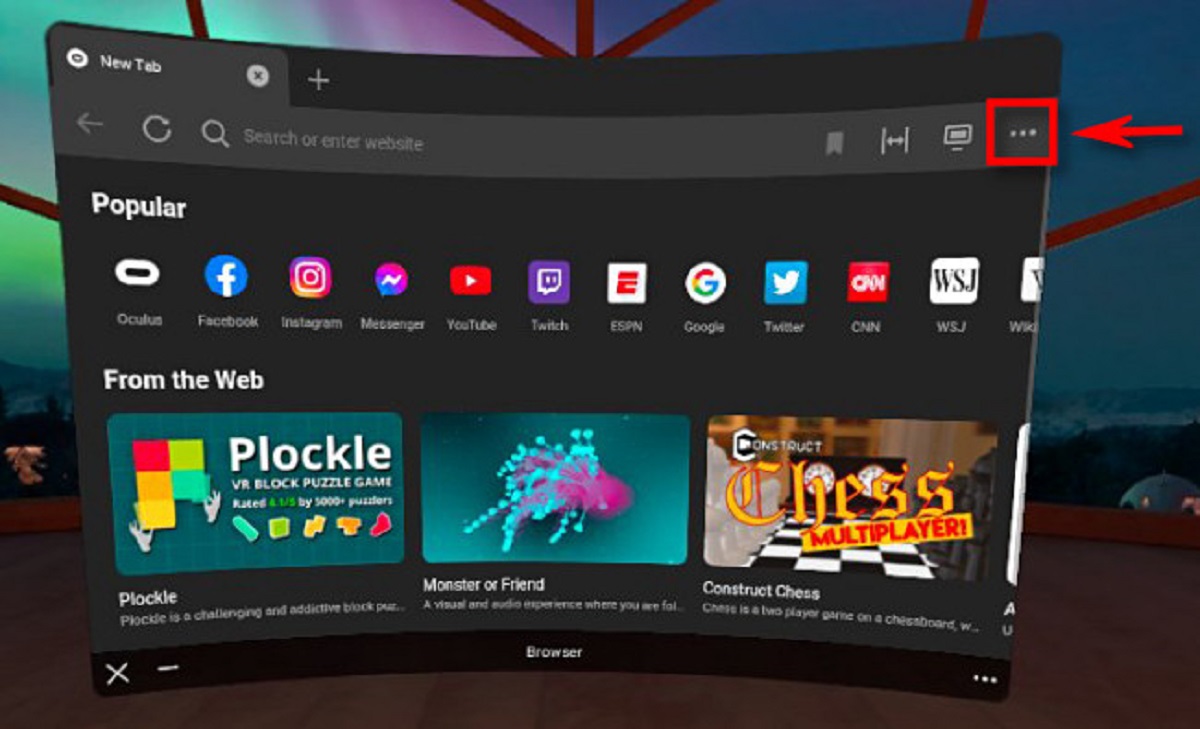Introduction
The digital world is powered by web browsers, the gateways to the vast expanse of the internet. However, there are instances when users encounter a frustrating message that reads "Browser Not Supported." This seemingly innocuous notification can disrupt the seamless browsing experience and leave users feeling perplexed. In this article, we will delve into the meaning of the "Browser Not Supported" message, explore the reasons behind its occurrence, examine its impact, and provide actionable insights on how to address this issue effectively.
The "Browser Not Supported" message is a common occurrence in the digital realm, often appearing when users attempt to access certain websites or web applications. It serves as a warning that the web content may not be compatible with the specific web browser being used, thereby urging the user to consider an alternative browser for optimal functionality.
Understanding the implications of this message is crucial in navigating the ever-evolving landscape of web technology. By gaining insight into the reasons behind its appearance and learning how to effectively address it, users can enhance their browsing experience and mitigate potential frustrations.
In the subsequent sections, we will unravel the underlying causes of the "Browser Not Supported" message, shed light on its impact, and equip readers with practical strategies to overcome this obstacle. Let's embark on this journey to demystify the enigmatic realm of web browsers and discover the keys to unlocking a seamless browsing experience.
Definition of "Browser Not Supported"
The "Browser Not Supported" message serves as a notification from a website or web application, indicating that the current web browser being used by the visitor is not compatible with the content or functionality of the site. This message is a result of the rapid evolution of web technologies and the diverse landscape of web browsers available to users.
When a user encounters the "Browser Not Supported" message, it signifies that the website or web application may not function as intended or may not display properly within the current web browser. This can manifest in various ways, such as distorted layouts, non-functional features, or even complete inaccessibility to the content.
The compatibility of web content with different browsers is influenced by several factors, including the adherence to web standards, the utilization of specific web technologies, and the level of support provided by individual browsers. As a result, web developers and organizations often specify the compatible browsers for their websites or web applications, aiming to deliver an optimal user experience and ensure the proper functionality of their content.
It is important to note that the "Browser Not Supported" message is not a definitive verdict on the capabilities of the user's web browser. Instead, it serves as a proactive alert, prompting users to consider accessing the content using a different, more compatible web browser. This approach aims to mitigate potential issues and provide users with a smoother and more consistent browsing experience.
In essence, the "Browser Not Supported" message underscores the dynamic nature of web technologies and the importance of browser compatibility in delivering a seamless and engaging online experience. By understanding this concept, users can make informed decisions about their choice of web browser and navigate the digital landscape with greater confidence and efficiency.
Reasons for "Browser Not Supported" Message
The occurrence of the "Browser Not Supported" message can be attributed to a myriad of factors, each contributing to the intricate web of browser compatibility issues. Understanding these reasons is pivotal in unraveling the complexities surrounding this message and empowering users to navigate the digital realm with clarity and confidence.
-
Web Standards and Technologies: The rapid evolution of web standards and technologies has led to the diversification of web browsers, each implementing these standards and technologies with varying degrees of compatibility. Websites and web applications developed using the latest web technologies may not be fully supported by older or less commonly used browsers, triggering the "Browser Not Supported" message.
-
Browser-Specific Features: Web developers often leverage browser-specific features and functionalities to enhance user experiences. However, these features may not be universally supported across all browsers, leading to discrepancies in rendering and functionality. As a result, users accessing such content with unsupported browsers may encounter the "Browser Not Supported" message.
-
Security Considerations: In an era of heightened cybersecurity concerns, web developers prioritize the implementation of robust security measures within their web content. This includes the utilization of secure communication protocols and encryption standards. Some browsers may lack support for the latest security protocols, prompting websites to display the "Browser Not Supported" message as a precautionary measure.
-
Vendor-Specific Implementations: Different web browsers are developed and maintained by distinct vendors, each with its own approach to implementing web standards and features. This diversity can lead to discrepancies in how web content is interpreted and executed, potentially resulting in compatibility issues and the display of the "Browser Not Supported" message.
-
Legacy Browser Limitations: Older or legacy web browsers may lack support for modern web technologies and standards, rendering them incompatible with the evolving landscape of web content. Consequently, websites and web applications designed to harness the capabilities of contemporary browsers may trigger the "Browser Not Supported" message when accessed through outdated browser versions.
-
Mobile and Responsive Design: With the proliferation of mobile devices, web developers emphasize responsive design principles to ensure optimal viewing experiences across various screen sizes. However, certain browsers may struggle to interpret responsive design elements accurately, leading to the display of the "Browser Not Supported" message on devices where the content fails to adapt seamlessly.
By comprehending these underlying reasons for the "Browser Not Supported" message, users can gain valuable insights into the dynamic interplay between web technologies, browser compatibility, and the delivery of web content. This knowledge equips individuals with the awareness needed to make informed decisions regarding their choice of web browser and empowers them to navigate the digital landscape with greater agility and understanding.
Impact of "Browser Not Supported" Message
The "Browser Not Supported" message exerts a multifaceted impact on users, web developers, and organizations, influencing the browsing experience, user engagement, and the digital ecosystem as a whole. Understanding the ramifications of this message is crucial in comprehending its significance and the broader implications it carries.
User Experience Disruption
When users encounter the "Browser Not Supported" message, their browsing experience is abruptly disrupted, often leading to frustration and confusion. This interruption can impede users from accessing desired content, navigating web applications, or engaging with interactive features, thereby diminishing the overall usability and satisfaction derived from the web experience. The message serves as a barrier, hindering seamless interaction and compelling users to seek alternative solutions to access the content they desire.
Perception of Website Credibility
The presence of the "Browser Not Supported" message can inadvertently impact the perceived credibility and reliability of a website or web application. Users may interpret this message as a sign of outdated or inadequate web development practices, potentially casting doubt on the trustworthiness and professionalism of the content provider. This perception can influence users' willingness to engage with the site's offerings and may even tarnish the reputation of the entity behind the content.
Impediment to Accessibility and Inclusivity
In instances where the "Browser Not Supported" message restricts access to web content, it poses a significant barrier to inclusivity and accessibility. Users relying on specific browsers, particularly those with accessibility features or tailored functionalities, may find themselves marginalized or excluded from engaging with essential online resources. This limitation contradicts the principles of universal access and inclusivity, underscoring the broader societal impact of browser compatibility issues.
Development and Maintenance Overhead
For web developers and organizations, the "Browser Not Supported" message introduces additional overhead in terms of development and maintenance. Addressing browser compatibility issues necessitates allocating resources to test, optimize, and potentially reconfigure web content to accommodate a diverse array of browsers. This process incurs time, effort, and costs, diverting attention from other developmental priorities and potentially impeding the agility of web development initiatives.
Innovation and Technological Progress
The prevalence of the "Browser Not Supported" message underscores the dynamic nature of web technologies and the perpetual quest for innovation. It serves as a catalyst for technological progress, prompting web developers and browser vendors to continually refine their offerings, adhere to evolving standards, and prioritize cross-browser compatibility. This pursuit of compatibility fosters a climate of innovation and drives the advancement of web technologies, ultimately benefiting users and the digital ecosystem at large.
By comprehending the multifaceted impact of the "Browser Not Supported" message, stakeholders can gain a holistic perspective on the implications of browser compatibility issues. This awareness is instrumental in fostering a proactive approach to addressing compatibility challenges and nurturing a digital landscape characterized by inclusivity, seamless user experiences, and technological advancement.
How to Address "Browser Not Supported" Issues
Addressing "Browser Not Supported" issues requires a proactive and strategic approach aimed at enhancing browser compatibility, optimizing user experiences, and fostering inclusivity within the digital realm. By implementing practical measures and leveraging available resources, users, web developers, and organizations can navigate the complexities of browser compatibility with confidence and efficacy.
1. Browser Selection and Updates
Users encountering the "Browser Not Supported" message can explore alternative web browsers that are known for their robust compatibility with a wide range of web content. Popular browsers such as Google Chrome, Mozilla Firefox, Microsoft Edge, and Apple Safari are continuously updated to support the latest web standards and technologies. By utilizing these modern browsers and ensuring they are regularly updated, users can mitigate compatibility issues and access web content seamlessly.
2. Web Developer Guidance
Web developers play a pivotal role in addressing browser compatibility challenges. By adhering to best practices in web development, including the use of standardized web technologies, progressive enhancement, and graceful degradation, developers can optimize the compatibility of their web content across diverse browsers. Additionally, leveraging resources such as browser compatibility testing tools and developer documentation provided by browser vendors can offer valuable insights into addressing compatibility issues effectively.
3. Feature Detection and Polyfills
Implementing feature detection techniques within web applications enables developers to assess the capabilities of users' browsers and deliver appropriate functionalities accordingly. Furthermore, the use of polyfills—code that provides modern functionality in older browsers—can bridge compatibility gaps and ensure consistent user experiences across various browser environments. By embracing these strategies, developers can enhance the resilience of their web applications and mitigate the impact of the "Browser Not Supported" message.
4. User Education and Awareness
Empowering users with knowledge about browser compatibility and its implications can foster informed decision-making. Providing guidance on selecting modern browsers, updating existing ones, and understanding the significance of browser compatibility can equip users to navigate the digital landscape with confidence. This educational approach contributes to a more seamless browsing experience and encourages users to actively participate in addressing compatibility challenges.
5. Collaboration and Advocacy
Collaborative efforts within the web development community and advocacy for cross-browser compatibility can drive positive change. Engaging in discussions, sharing experiences, and advocating for standardized web practices can elevate awareness and foster a collective commitment to addressing browser compatibility issues. By fostering a culture of collaboration and advocacy, stakeholders can contribute to a digital ecosystem characterized by inclusivity and accessibility for all users.
By embracing these strategies and cultivating a mindset of adaptability and collaboration, stakeholders can effectively address "Browser Not Supported" issues and contribute to a digital landscape characterized by seamless user experiences, inclusivity, and technological advancement. This proactive approach empowers individuals and organizations to navigate the complexities of browser compatibility with resilience and agility, ultimately fostering a more cohesive and accessible digital realm.

























